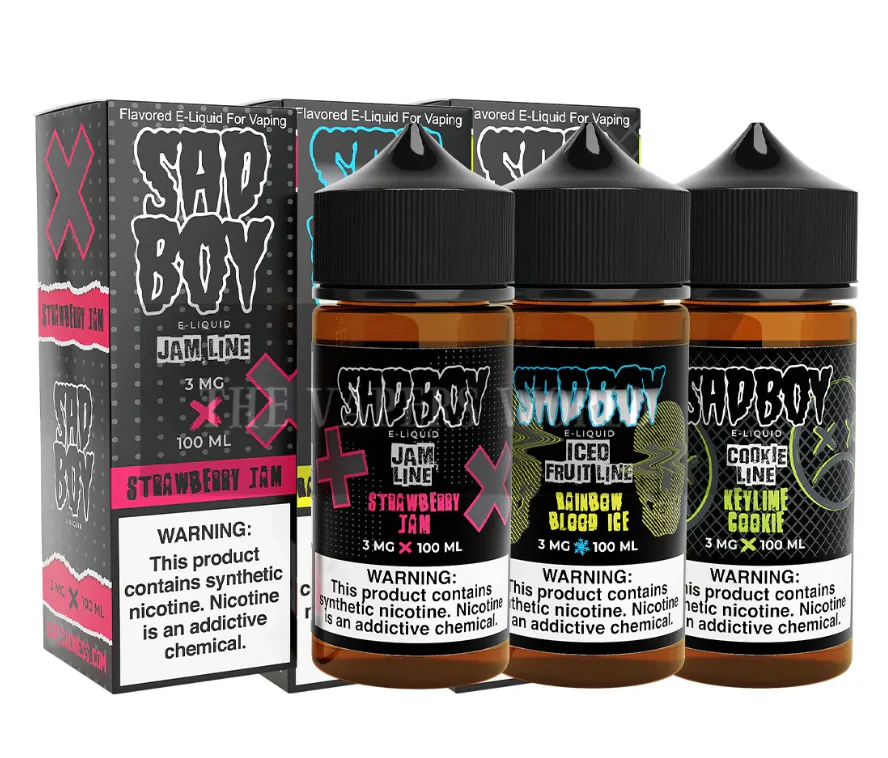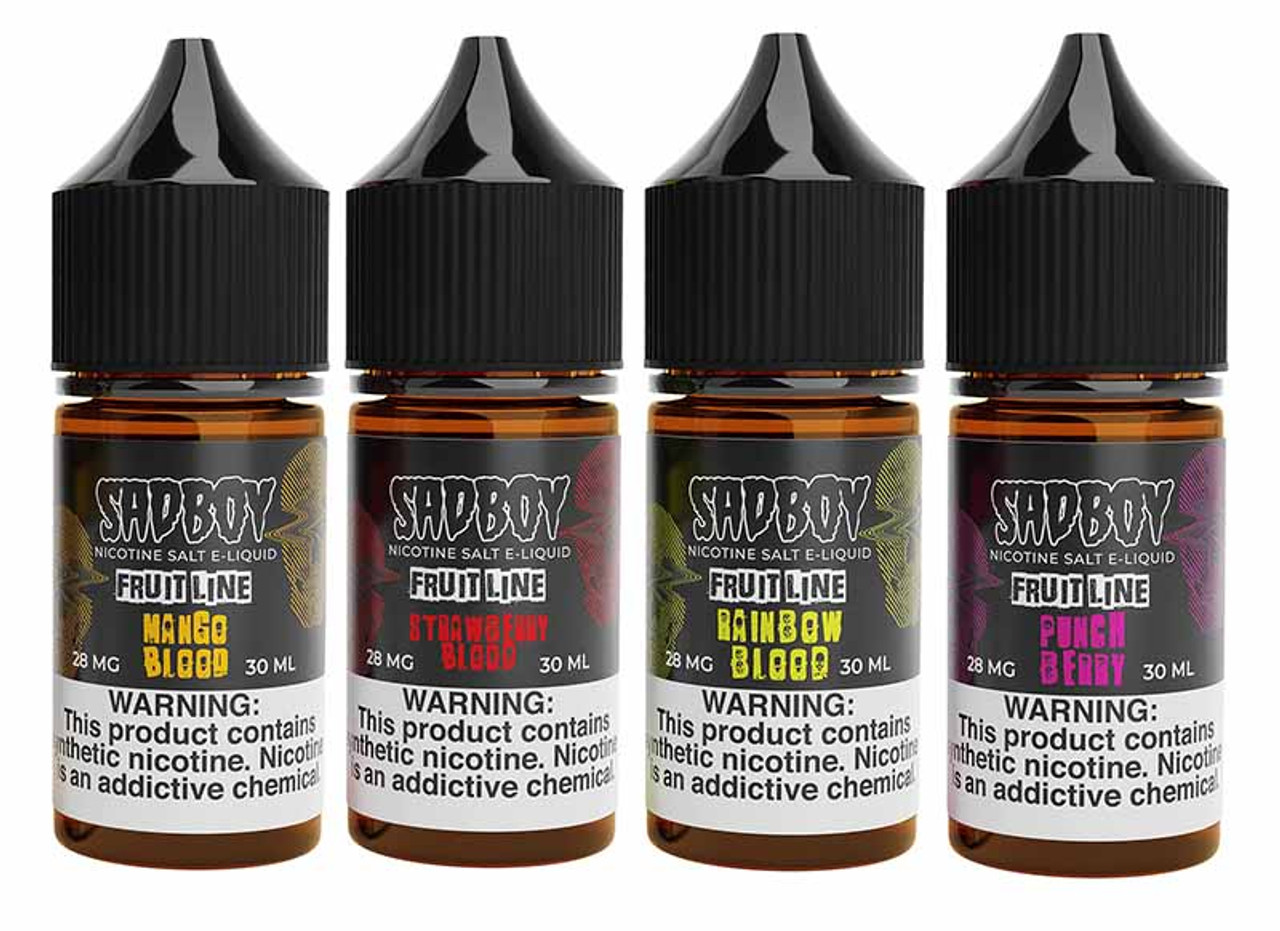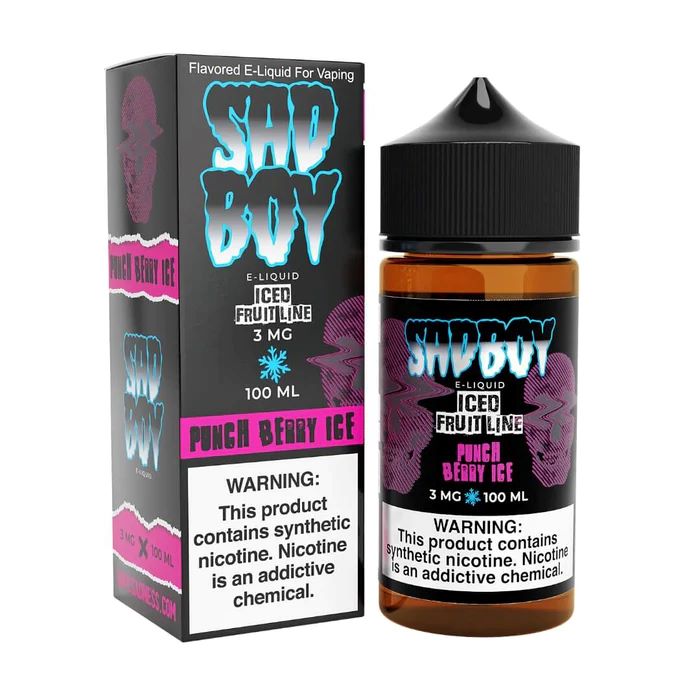
Why Blueberry Jam Sad Boy E-Liquid 100ml Is a Must-Try for Flavor Enthusiasts
For those who seek an unforgettable vaping experience, flavor is everything. When it comes to tantalizing taste profiles, Blueberry Jam Sad Boy E-Liquid in 100ml

In the world of vaping, two popular types of e-liquids are commonly discussed: traditional e-liquids and salt e-liquids. Understanding the differences between these can help vapers choose the right product for their needs. Here’s a comprehensive look at how they compare:
1. Nicotine Type: Traditional e-liquids, also known as freebase nicotine e-liquids, use nicotine that is chemically modified to be in its purest form. This type of nicotine is known for its higher pH level, which can make it harsher on the throat, especially at higher concentrations.
2. Nicotine Strength: Freebase nicotine e-liquids are typically available in a range of nicotine strengths, from 0mg to 18mg or more. The higher the nicotine concentration, the more intense the throat hit.
3. Vapor Production: Traditional e-liquids are often used with sub-ohm tanks and devices that produce larger clouds of vapor. This is because freebase nicotine is more stable at higher temperatures and allows for increased vapor production.
4. Flavor Profile: Freebase nicotine e-liquids are available in a wide range of flavors, from fruity and dessert-like to savory and menthol. The flavors tend to be more complex and layered due to the way the nicotine interacts with the flavor compounds.
5. Usage: Traditional e-liquids are ideal for vapers who enjoy larger vapor clouds and a more intense throat hit. They are also suitable for those who use high-powered devices and sub-ohm tanks.
1. Nicotine Type: Salt e-liquids use nicotine salts, which are derived from the tobacco leaf. Nicotine salts have a lower pH level, which results in a smoother throat hit even at higher nicotine concentrations. This makes them more comfortable for those who prefer higher nicotine levels.
2. Nicotine Strength: Salt e-liquids are generally available in higher nicotine concentrations, ranging from 20mg to 50mg. This is because nicotine salts are less harsh on the throat, allowing vapers to consume higher nicotine levels without discomfort.
3. Vapor Production: Salt e-liquids are designed for use with low-wattage, pod-based systems that produce less vapor compared to sub-ohm tanks. This is because nicotine salts are more stable at lower temperatures, providing a smoother experience in compact devices.
4. Flavor Profile: While salt e-liquids also come in a variety of flavors, they often have a more subdued flavor profile compared to traditional e-liquids. This is due to the different interaction between nicotine salts and flavoring agents, which can sometimes make flavors less pronounced.
5. Usage: Salt e-liquids are perfect for vapers who prefer a smoother throat hit and higher nicotine concentrations. They are commonly used with pod systems and devices that prioritize ease of use and portability over large vapor production.
Choosing between traditional e-liquids and salt e-liquids depends on your personal preferences and vaping style. If you enjoy larger vapor clouds and a range of complex flavors, traditional e-liquids might be the best choice. On the other hand, if you prefer a smoother throat hit with higher nicotine levels and a more discreet vaping experience, salt e-liquids could be the ideal option.
Ultimately, both types of e-liquids offer unique benefits, and experimenting with both can help you find the perfect vape for your needs.

For those who seek an unforgettable vaping experience, flavor is everything. When it comes to tantalizing taste profiles, Blueberry Jam Sad Boy E-Liquid in 100ml

For those in search of a sweet, satisfying vape experience, Sad Boy’s Nola Strawberry Salt Nic is a standout. Known for their artisanal flavors, Sad

Sad Boy E-Liquid has garnered a significant following in the vape community thanks to its delectable dessert flavors and high-quality e-liquids. From fruity mixes to

If you’re a vape enthusiast with a penchant for bold flavors and refreshing experiences, Sad Boy’s Punch Berry Ice E-Liquid is worth a closer look.

Sad Boy E-Liquid has carved out a unique niche in the vaping world with its innovative and delicious flavor profiles. Known for its commitment to
© 2024 All rights reserved